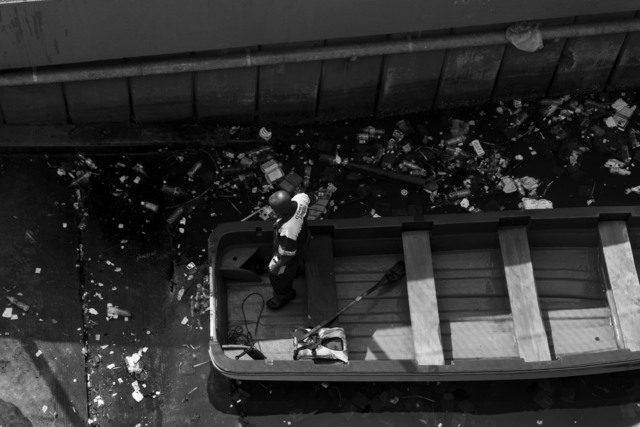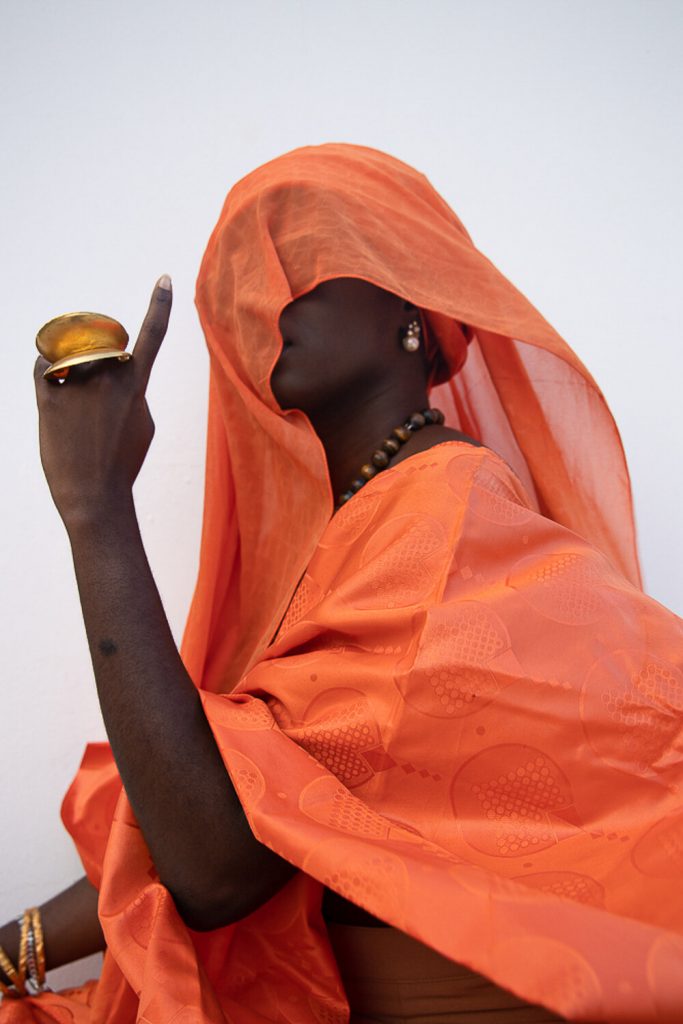Polartics was born to move politically beyond the status quo, preserving and nurturing African art through an authentic Pan- African approach, distancing from any appropriation.
It’s been more than thirty years since the Magiciens De La Terre exhibition curated by Jean Hubert Martin opened at the Centre Pompidou in 1989. It is one of the most controversial exhibitions about contemporary African art that has marked a historical moment for artistic relations between the global north and south.
From this point on it brings out many subjects of both critical and artistic reflection for the subsequent decades, regarding the inspiration/appropriation of the occidentalcentred art approach to the figurative traditions of geographically distant cultures.
Above all, over the past year, the attention regarding the presence of artworks made by artists coming from minority groups brought to light some details that reveal an inadequate behavior concerning the matter of inclusivity.
For instance, a survey involving eighteen of the most influential museums in the U.S. underlines how the 87% of the works in their collection is made by white artists, the 9% from Asian artists, the 2,8% from Hispanic artists and only the 1,2% from black artists.
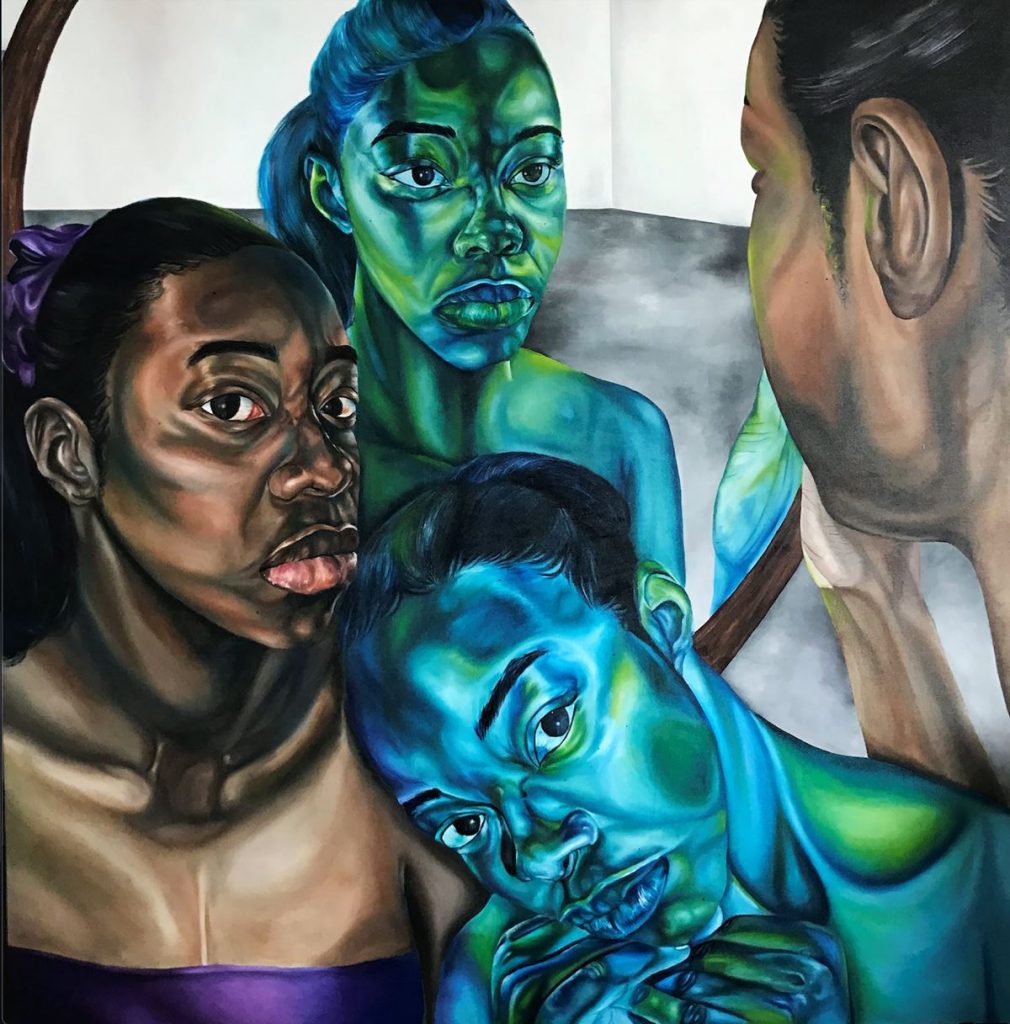
Besides, the ambiguous case about the acquisition of artworks made by black artists from the Whitney Museum on the occasion of the (cancelled) exhibition called Collective Actions, in August 2020, does not deny the contemporary art status quo.
In the meantime, the international art market is becoming more and more interested in African artists. The first auction based only on contemporary African art has been set up by Sotheby’s London in 1999 and ten years after another auction house – Bonhams – has started to hold thematic auctions. Speaking of money, from hundreds of thousands of pounds, it has grown into the millions per auction.
Femi Johnson – Military, 2020
There’s a constantly increasing demand of the market for African art and consequently, there are questions to be asked about the cause, if it’s due to an aesthetic and artistic appeal or the possibility of profit possibilities over an emergent group or both reasons.
Art fairs are the best occasions for the art market and 1:54 Contemporary African Art Fair is the most relevant one concerning contemporary African art. Started in 2013 in London during the Frieze Week it intends to enhance African art worldwide. Today 1:54 fair has been held also in New York, Paris and Marrakech.
The last London edition was joined also by a young gallery called Polartics, an online gallery committed to young African artists and collectors. Polartics‘s name comes from the words “political” and “art”, meaning the activism of the curatorial choices consisting in promoting young talents and creating links within and outside the African continent. The initial project was more like an African culture-focused blog narrated from a political, social and cultural point of view.
Speaking of contemporary African art means talking about art coming from a continent with blurred borders, that has been defined by a history of inwards and outwards movement, from Arabian conquest to colonialism and black diaspora, but also from the fast growth of the cities.
It can help us understand the variety of identities that create an art that is hardly hemmed in the categorical definition of “contemporary African art”. Polartics fosters art that has the voice of youth, identity, authenticity.
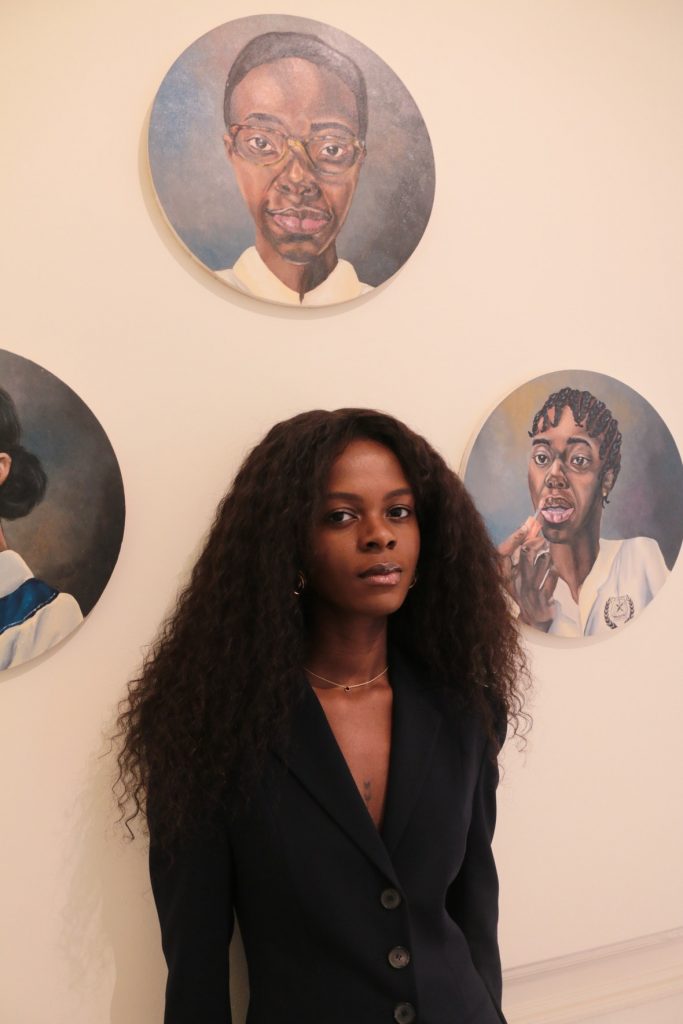
Oyinkansola Dada is the founder of this semi-digital gallery, featuring online exhibitions accessible on its website and exhibitions held in Lagos pop-up galleries. The choice of moving from a place to another is the best formula to cut the costs that a traditional gallery has to deal with. At the same time, it’s a challenging way to create always different artistic spaces, conceiving new dynamics for the whole project.
Dada graduated in law at King’s College of London and in 2017 has started to take the first steps in the art world. Moving back to Nigeria, with Polartics has begun the process of reducing the distance between the new generation of African artists and the art market. By taking the place of someone who’s not involved with institutional galleries and is capable of building a network for both artists and new collectors.
Art collectors are fundamental, especially when the conversation is about minorities. HBO has just released a new documentary called Black Art: In the Absence of Light, which offers a point of view about the importance of collecting. In particular, when the collectors are famous Afro-American celebrities who started to collect contemporary Afro-American art.
Beyoncé, Jay-Z, P. Diddy, Swizz Beatz are just a few names of the biggest fans of that kind of art and this is a meaningful signal, for the conservation of cultural heritage but also as a message to the art world in general.

Dada’s work also aspires to build a connection among young African collectors, in order to them to approach the art world. In fact Polartics also hosts a shop space where to buy art at affordable prices.
Polartics engages artists and collectors from the millennials generation, displaying works of art that speak to and about them. That is, in order to make fully understandable the artists’ intentions that could be lost apart from the context in which they are involved.
Dada is always looking for talents around the world, going back and forth from London to Nigeria. She seeks works that sidestep the traditional and go through divisive themes of immigration, sexuality, femininity, and more.
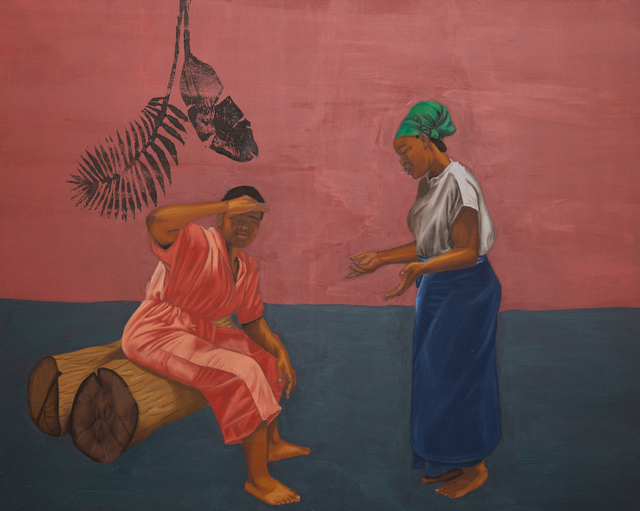
Polartics aims to spread contemporary African art worldwide through a narration that promotes a Pan-African approach for the cultural experience and preservation, getting rid of the need to measure its effect based on a sort of validation coming from the western art system.
At last Polartics’s vision remarks how African culture isn’t a product that gets its value from its export, in order to give place to new perspectives for the extension of western proprioception.



